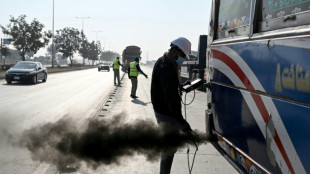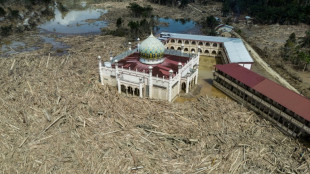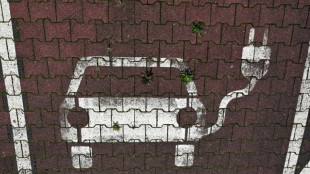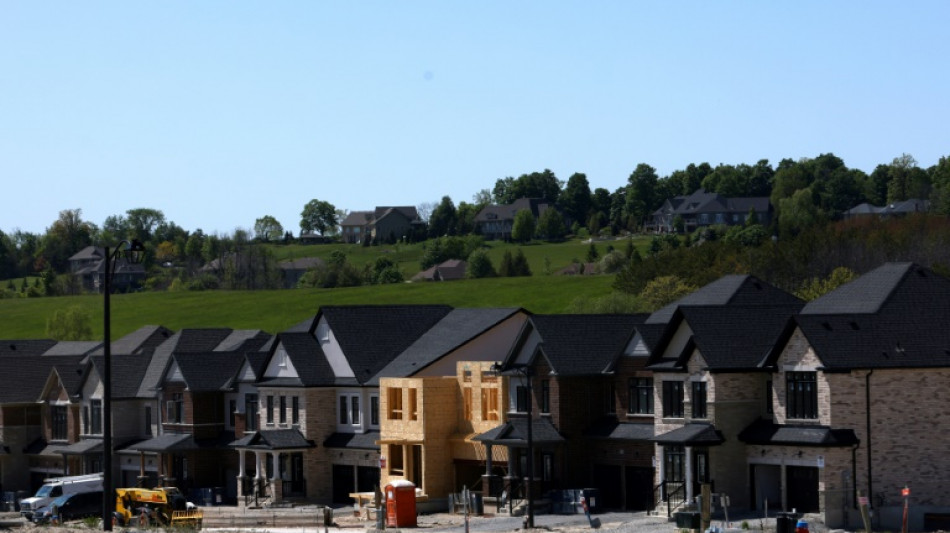
-
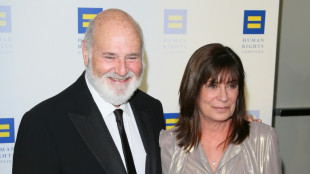 Rob Reiner: Hollywood giant and political activist
Rob Reiner: Hollywood giant and political activist
-
Observers say Honduran election fair, but urge faster count

-
 Europe proposes Ukraine peace force as Zelensky hails 'real progress' with US
Europe proposes Ukraine peace force as Zelensky hails 'real progress' with US
-
Trump condemned for saying critical filmmaker brought on own murder

-
 US military to use Trinidad airports, on Venezuela's doorstep
US military to use Trinidad airports, on Venezuela's doorstep
-
Daughter warns China not to make Jimmy Lai a 'martyr'

-
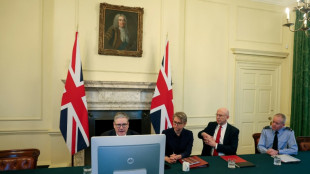 UK defence chief says 'whole nation' must meet global threats
UK defence chief says 'whole nation' must meet global threats
-
Rob Reiner's death: what we know
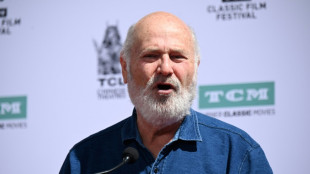
-
 Zelensky hails 'real progress' in Berlin talks with Trump envoys
Zelensky hails 'real progress' in Berlin talks with Trump envoys
-
Toulouse handed two-point deduction for salary cap breach

-
 Son arrested for murder of movie director Rob Reiner and wife
Son arrested for murder of movie director Rob Reiner and wife
-
Stock market optimism returns after tech selloff but Wall Street wobbles
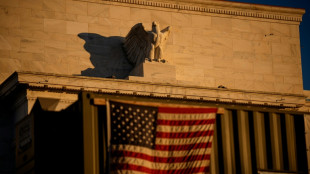
-
 Clarke warns Scotland fans over sky-high World Cup prices
Clarke warns Scotland fans over sky-high World Cup prices
-
In Israel, Sydney attack casts shadow over Hanukkah

-
 Son arrested after Rob Reiner and wife found dead: US media
Son arrested after Rob Reiner and wife found dead: US media
-
Athletes to stay in pop-up cabins in the woods at Winter Olympics
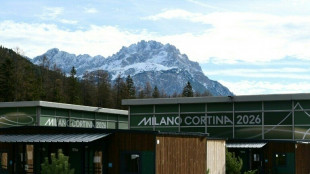
-
 England seek their own Bradman in bid for historic Ashes comeback
England seek their own Bradman in bid for historic Ashes comeback
-
Decades after Bosman, football's transfer war rages on

-
 Ukraine hails 'real progress' in Zelensky's talks with US envoys
Ukraine hails 'real progress' in Zelensky's talks with US envoys
-
Nobel winner Machado suffered vertebra fracture leaving Venezuela

-
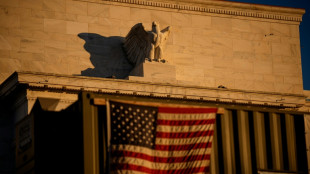 Stock market optimism returns after tech sell-off
Stock market optimism returns after tech sell-off
-
Iran Nobel winner unwell after 'violent' arrest: supporters

-
 Police suspect murder in deaths of Hollywood giant Rob Reiner and wife
Police suspect murder in deaths of Hollywood giant Rob Reiner and wife
-
'Angry' Louvre workers' strike shuts out thousands of tourists

-
 EU faces key summit on using Russian assets for Ukraine
EU faces key summit on using Russian assets for Ukraine
-
Maresca committed to Chelsea despite outburst

-
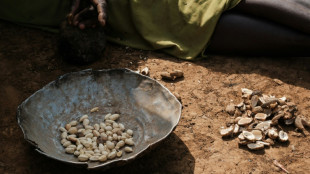 Trapped, starving and afraid in besieged Sudan city
Trapped, starving and afraid in besieged Sudan city
-
Showdown looms as EU-Mercosur deal nears finish line
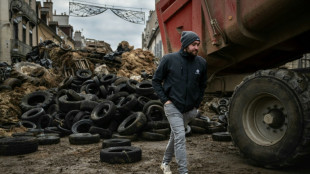
-
 Messi mania peaks in India's pollution-hit capital
Messi mania peaks in India's pollution-hit capital
-
Wales captains Morgan and Lake sign for Gloucester

-
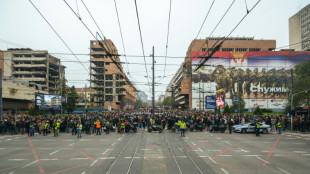 Serbian minister indicted over Kushner-linked hotel plan
Serbian minister indicted over Kushner-linked hotel plan
-
Eurovision 2026 will feature 35 countries: organisers

-
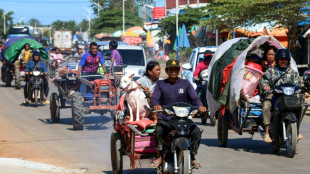 Cambodia says Thailand bombs province home to Angkor temples
Cambodia says Thailand bombs province home to Angkor temples
-
US-Ukrainian talks resume in Berlin with territorial stakes unresolved

-
 Small firms join charge to boost Europe's weapon supplies
Small firms join charge to boost Europe's weapon supplies
-
Driver behind Liverpool football parade 'horror' warned of long jail term
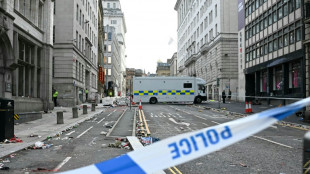
-
 German shipyard, rescued by the state, gets mega deal
German shipyard, rescued by the state, gets mega deal
-
Flash flood kills dozens in Morocco town
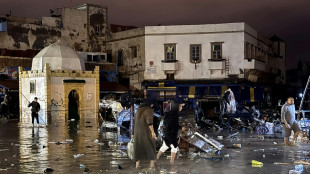
-
 'We are angry': Louvre Museum closed as workers strike
'We are angry': Louvre Museum closed as workers strike
-
Australia to toughen gun laws as it mourns deadly Bondi attack
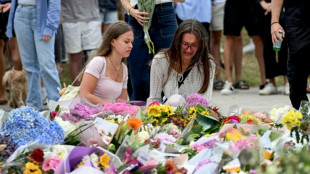
-
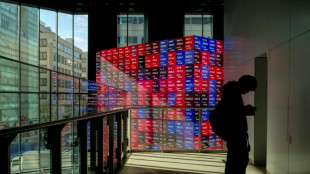 Stocks diverge ahead of central bank calls, US data
Stocks diverge ahead of central bank calls, US data
-
Wales captain Morgan to join Gloucester

-
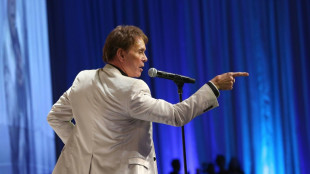 UK pop star Cliff Richard reveals prostate cancer treatment
UK pop star Cliff Richard reveals prostate cancer treatment
-
Mariah Carey to headline Winter Olympics opening ceremony
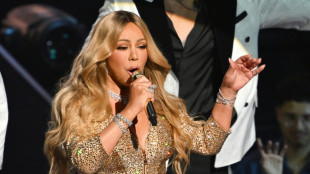
-
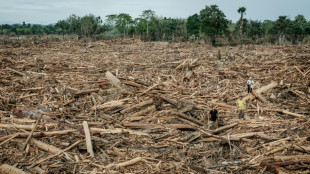 Indonesia to revoke 22 forestry permits after deadly floods
Indonesia to revoke 22 forestry permits after deadly floods
-
Louvre Museum closed as workers strike

-
 Spain fines Airbnb 64 mn euros for posting banned properties
Spain fines Airbnb 64 mn euros for posting banned properties
-
Japan's only two pandas to be sent back to China

-
 Zelensky, US envoys to push on with Ukraine talks in Berlin
Zelensky, US envoys to push on with Ukraine talks in Berlin
-
Australia to toughen gun laws after deadly Bondi shootings
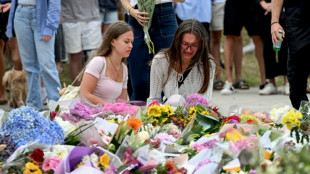

Facing housing crunch, Toronto cuts into once-protected lands
A billboard at the foot of a field on Toronto's far outskirts heralds the coming construction of new homes, but it also highlights a broken promise never to permit encroachment into this vast green space, and the backlash which has ensued.
Among the many anti-development protesters, a group led by concerned grandmothers has staged demonstrations outside Ontario lawmakers' offices decrying the loss of swaths of this so-called "Greenbelt" around Canada's largest metropolitan city.
"My (trust) in the democratic process is destroyed by this move," says protestor Christine Hutchinson.
A resident of Oakville, west of Toronto, she adds that she is, however, heartened to see pushback from several area municipalities affected by the policy switch.
By opening 3,000 hectares for new housing in recent months, Doug Ford, the province's conservative leader with close ties to local developers, went back on a 2018 election pledge not to touch what the foundation tasked with its conservation describes as "the world's largest" greenbelt.
The horseshoe-shaped 810,000-hectare ring of fertile farmlands, forests and wetlands edge Toronto and nearby cities that hug the north and west shores of Lake Ontario -- the most densely populated and industrialized region of Canada.
A mix of private and public lands, they have been protected since 2005 in an effort to limit urban sprawl.
"These lands should be used to feed the local population, as food supply problems increase with climate change," said Brigitte Sopher, a resident of Whitevale, close to one of the new building areas.
The Ford government has designated 15 locations to build 50,000 homes and contribute to the goal of adding 1.5 million new residences in Ontario by 2031.
To justify his reversal, Ford cited soaring real estate prices and a flood of newcomers needing to be housed, as Prime Minister Justin Trudeau's government aims to boost annual immigration to Canada to 500,000, the majority of whom are likely to settle in large urban centres.
- Edge of urban boundaries -
The Canadian housing crunch is most acute in the Toronto area, which is expected to see its population rise from 6.8 million to 10.2 million in the next 25 years, according to government projections.
The average price of a house in Ontario, meanwhile, has almost tripled since 2011 and rent for a two-room apartment now exceeds Can$2,500 (US$1,800) monthly.
The greenbelt lands "play a vital role for flood protection. We know that with climate change we will face more risks of extreme weather and by doing so, the rainwater is going to end up in our basements," said Mike Schreiner, the first and only Green Party member of the Ontario legislature.
They also "help to filter the waterways that come down from all the rivers from the region and that end up in Lake Ontario, where we pump our drinking water," adds Mark Winfield, a professor of environmental and urban change at York University in Toronto.
Opponents of development in the greenbelt point to an Ontario government report that states there is sufficient land available outside the greenbelt to achieve its housing objective.
"Basically, this is about enabling sprawl, there is no other way to put it," laments Winfield. "It is just giving the development industry everything they want."
But history, he adds, "tells us that for-profit developers will not build affordable housing unless you make them."
"The problem is not a shortage, there are a lot of new apartments being built, but they are unaffordable," adds Barbara Ceccarelli, general manager of social housing agency Heritage Reception Center.
The controversy has attracted federal attention, with Environment Minister Steven Guilbeault stepping in to protect the Rouge National Urban Park on the eastern edge of the greenbelt.
He has ordered a study on "the potential effects" on the park of proposed development on adjacent lands, and said Ottawa could use federal environmental laws to block some development.
Sopher fears that the government study will come too late since "the real estate promoters are already preparing the ground" for construction.
jfge/tib/amc/mdl/des
C.Garcia--AMWN
